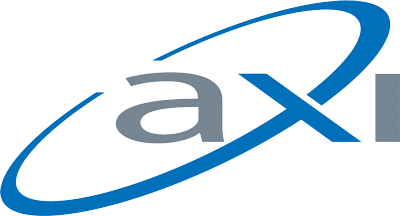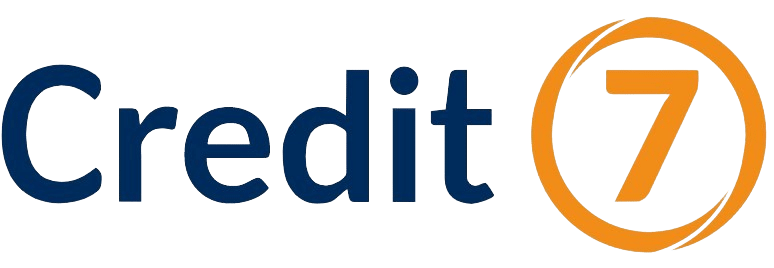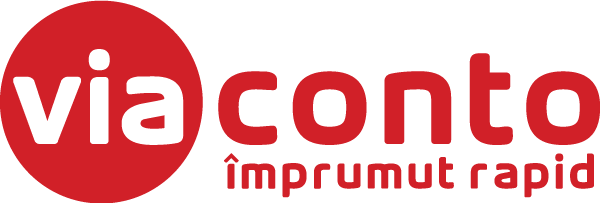Loans and microloans in Romania
Contents show
General Overview
Romania’s financial landscape has evolved significantly over the past decade, with loans and microcredit playing a crucial role in the economy. The country has seen a steady increase in the availability and variety of credit products available to both households and businesses. This growth has been supported by a combination of local financial institutions, international banks, and fintech companies, all contributing to a more dynamic and competitive market.
Types of Lending to Households and Businesses
Household Lending
- Personal Loans: Unsecured loans that individuals can use for various personal expenses, such as home renovations, medical bills, or education.
- Mortgages: Secured loans for purchasing property, with the property itself serving as collateral.
- Consumer Credit: Short-term loans for purchasing consumer goods, often provided through credit cards or retailer financing.
- Microcredit: Small loans typically aimed at low-income individuals or those without access to traditional banking services. These are often used for starting small businesses or personal emergencies.
Business Lending
- SME Loans: Loans specifically designed for small and medium-sized enterprises (SMEs), often with favorable terms to encourage business growth.
- Corporate Loans: Larger loans for established businesses, used for expansion, capital investments, or operational costs.
- Agricultural Loans: Loans tailored for the agricultural sector, helping farmers with equipment purchases, seed money, and other operational needs.
- Microcredit for Entrepreneurs: Small-scale loans aimed at helping entrepreneurs start or grow their businesses, often with a focus on underserved or rural areas.
State of the Market from 2021 to 2024
2021
- The Romanian economy began recovering from the COVID-19 pandemic, with a gradual increase in lending activities.
- Household debt remained relatively stable, with a slight increase in demand for personal loans and mortgages as consumer confidence returned.
- Businesses, particularly SMEs, sought more credit to stabilize and expand their operations post-pandemic.
- Microcredit saw increased demand, especially in rural areas where traditional banking services were less accessible.
2022
- Continued economic recovery led to a more robust lending market.
- Increased competition among financial institutions resulted in better loan terms and lower interest rates for consumers and businesses.
- Digitalization accelerated, with more online platforms and fintech companies offering innovative lending solutions.
- Government initiatives supported microcredit programs aimed at fostering entrepreneurship and reducing poverty.
2023
- The lending market experienced sustained growth, with a notable increase in mortgage applications as the real estate market picked up.
- SMEs benefited from a range of new loan products tailored to support innovation and digital transformation.
- Microcredit institutions expanded their reach, leveraging technology to provide more accessible services.
- Regulatory changes aimed at protecting consumers and ensuring fair lending practices were implemented, improving market stability.
2024
- The market continued to grow, although at a more moderate pace as the economy stabilized.
- Households showed a preference for secured loans, such as mortgages, over unsecured personal loans.
- Businesses focused on sustainable and green financing options, reflecting global trends toward environmental responsibility.
- Microcredit remained a vital tool for financial inclusion, with increased support from both the public and private sectors.
Key Players
- Banca Comercială Română (BCR): One of the largest banks in Romania, offering a wide range of loan products for both individuals and businesses.
- Raiffeisen Bank: Known for its strong SME lending programs and innovative digital banking solutions.
- BRD – Groupe Société Générale: A major player in both personal and business lending, with a significant presence in the mortgage market.
- CEC Bank: Focuses heavily on agricultural and rural lending, playing a crucial role in the microcredit sector.
- BT Microfinanțare (BT Mic): A subsidiary of Banca Transilvania, specializing in microcredit for entrepreneurs and small businesses.
- Fintech Companies (e.g., Finantare.ro, Credius): Emerging players leveraging technology to offer fast, convenient lending solutions.
Trends
- Digital Transformation: Increased use of digital platforms and fintech solutions for loan applications, approvals, and management.
- Sustainable Financing: Growing interest in green loans and sustainable investment products among both businesses and consumers.
- Financial Inclusion: Expansion of microcredit services to underserved communities, particularly in rural areas.
- Regulatory Changes: Implementation of new regulations aimed at ensuring fair lending practices and protecting consumers from predatory lending.
- Economic Stability: A stable economy fostering a balanced growth in both household and business lending.




